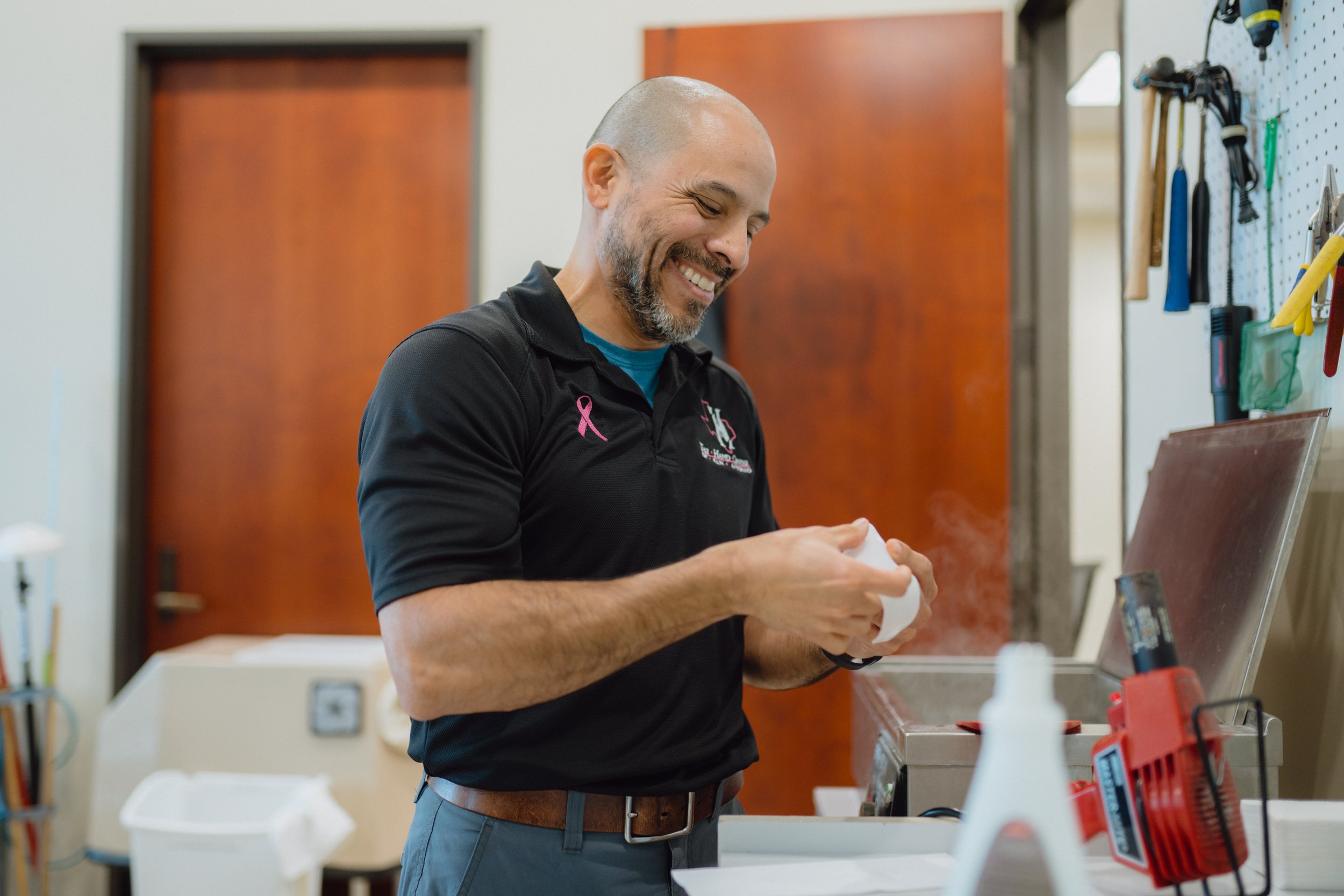
Shoulder Replacement Experts in san antonio
What Is a shoulder replacement?
Shoulder replacement surgery, is a surgical procedure designed to alleviate debilitating shoulder pain and restore mobility for individuals suffering from severe shoulder joint conditions. This innovative surgery involves replacing damaged parts of the shoulder joint with artificial components, typically made of metal and plastic, meticulously tailored to fit the patient's anatomy. Whether addressing osteoarthritis, rheumatoid arthritis, traumatic injuries, or other degenerative conditions affecting the shoulder, this procedure aims to improve the quality of life by relieving chronic pain, enhancing shoulder function, and allowing patients to regain the ability to perform daily activities with greater comfort and ease.
Shoulder Anatomy
The shoulder is a complex joint with a wide range of motion. It consists of three main bones: the humerus (upper arm bone), the scapula (shoulder blade), and the clavicle (collarbone). These bones come together to form the glenohumeral joint, which is the primary joint responsible for shoulder movement. The joint is stabilized and supported by muscles, tendons, ligaments, and bursae around it. The glenoid fossa of the scapula serves as a shallow socket to contain the head of the humerus, allowing the shoulder to move to its full potential. The shoulder joint's unique construction allows it to perform actions including flexion, extension, abduction, adduction, and rotation.
Reasons for A shoulder replacement:
Shoulder replacement surgery, also known as shoulder arthroplasty, is recommended for individuals experiencing severe shoulder pain and limited function due to various conditions or injuries that affect the shoulder joint. Some of the common reasons for undergoing shoulder replacement surgery include:
Osteoarthritis
Rheumatoid Arthritis
Severe Fractures
If more conservative measures have failed to relieve your shoulder pain, it's best to see a shoulder specialist as soon as possible. Early intervention can be beneficial in preventing further damage. A delay in treatment may lead to more severe or lasting issues.
Types of Shoulder Replacement surgeries:
There are several types of shoulder replacement surgeries, each designed to address different conditions and specific issues within the shoulder joint. The choice of procedure depends on the patient's diagnosis, the extent of joint damage, and the surgeon's assessment. The main types of shoulder replacement surgeries include:
Total Shoulder Replacement (TSR)
Partial Shoulder Replacement (Hemi-arthroplasty)
Stemmed Hemiarthroplasty
Resurfacing Arthroplasty
Recovery and rehabilitation for shoulder replacement surgery:
Recovery and rehabilitation after shoulder replacement surgery are crucial for a successful outcome and restoring function to the shoulder joint. The timeline and specifics of rehabilitation may vary based on the type of surgery performed, the patient's overall health, and the surgeon's recommendations. Here's a general overview:
Hospital Stay & Immediate Post-op: Patients spend a few days in the hospital, focusing on pain management and starting gentle range of motion exercises.
Immobilization & Sling Use: A sling supports the shoulder initially; patients receive guidance on proper use and duration.
Physical Therapy: Therapy begins shortly after surgery, focusing on gradual exercises to restore shoulder mobility, strength, and flexibility.
Gradual Return to Activities: Patients follow restrictions, avoiding strenuous movements, heavy lifting, or specific activities as advised by the medical team.
Follow-Up & Long-Term Care: Regular follow-up appointments monitor progress, with ongoing exercises and periodic evaluations to maintain shoulder function and prevent issues.
why come to The Hand and Upper Extremity Center of San Antonio for your Rotator Cuff injuries?
When you visit us at The Hand and Upper Extremity Center of San Antonio, you will find a fine-tuned team ready to take care of you. Your physicians have over 100 years of collective experience and represent multiple generations and training backgrounds. In addition to your surgeons, you may meet one of our hand surgery fellows. Each fellow is a fully trained orthopaedic or plastic surgeon who has completed 5 to 7 years of surgical training after graduation from medical school and has chosen to spend an additional year in training to study hand surgery. In addition to the physicians, you will meet various staff members. From the front desk staff and Medical Assistants (MA’s) to the x-ray and cast technicians, each is committed to taking care of you.
Meet Our Physicians
-

David P. Green, M.D.
-

Mark Bagg, M.D.
-

David W. Person, M.D., F.A.C.S.
-

Ramesh C. Srinivasan, M.D.






OTHER Shoulder RELATED ISSUES WE CAN HELP WITH
check out our latest blog posts regarding Shoulder Injuries
Did you know we offer in-house therapy?
Hand therapy is a merging of occupational and physical therapy theory and practice that combines comprehensive knowledge of the structure of the upper limb with function and activity. Using specialized skills in assessment, planning and treatment, hand therapists provide therapeutic interventions to prevent dysfunction, restore function and/or reverse the progression of pathology of the upper limb in order to enhance an individual’s ability to execute tasks and to participate fully in life situations.











